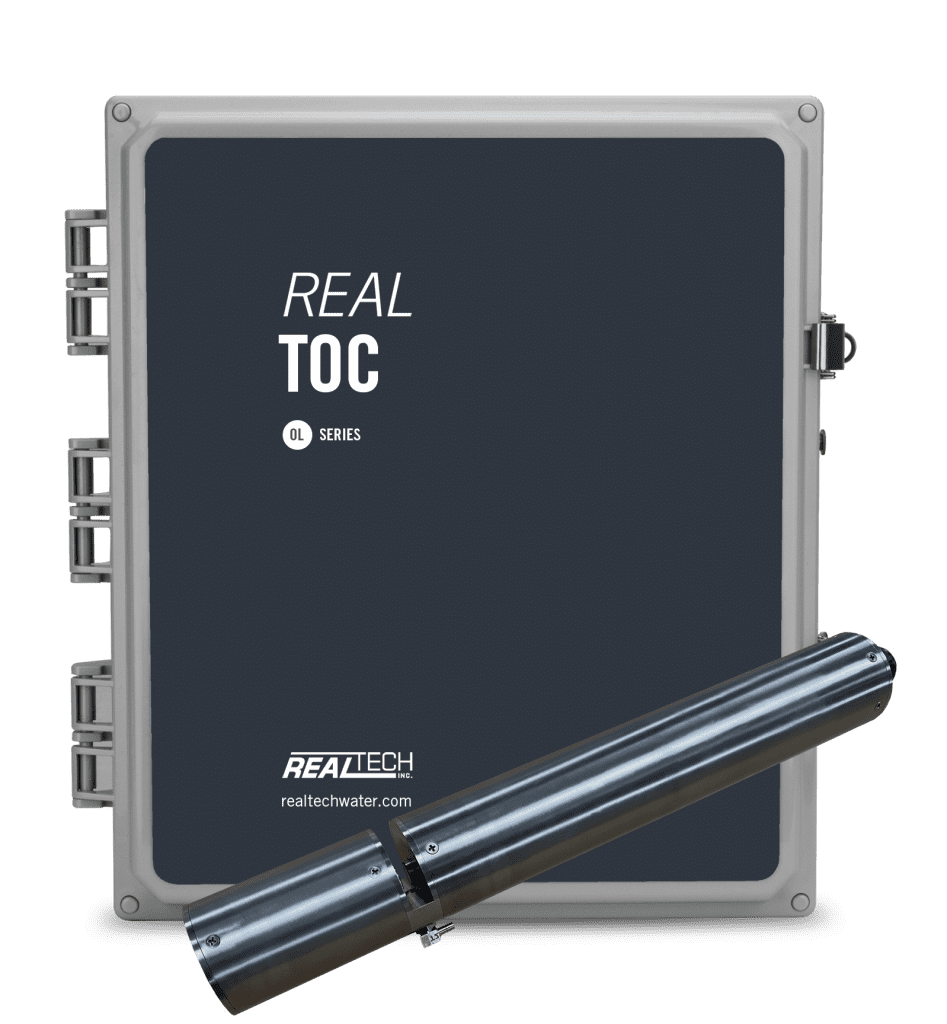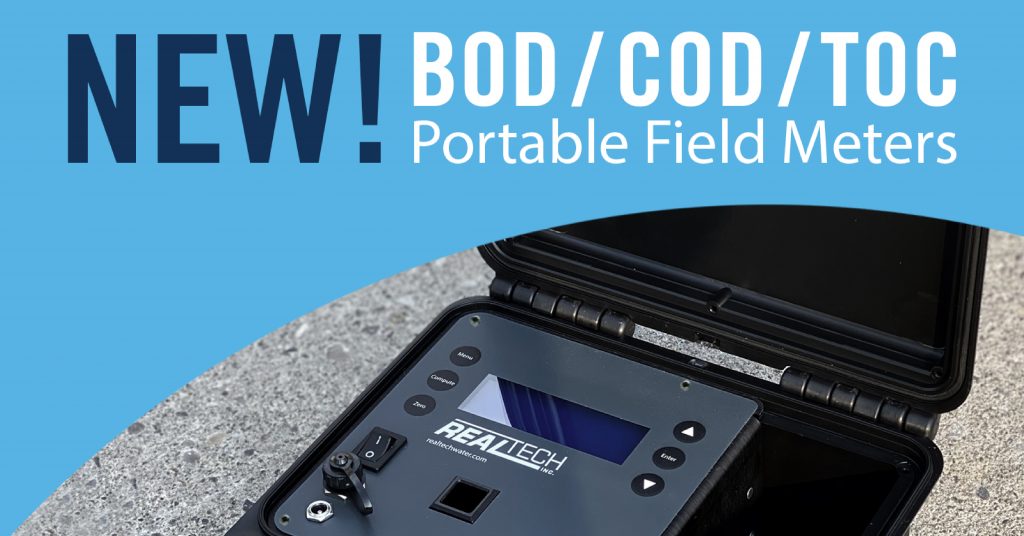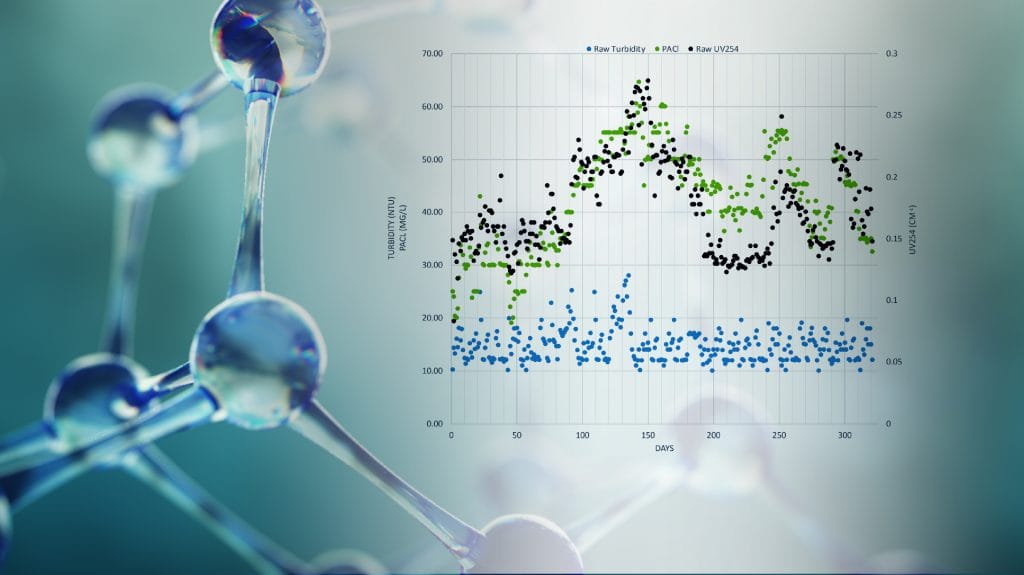Dissolved Organic Carbon or DOC is a measurement of the amount of organic matter in water that can be passed through a filter, commonly 0.45 µm.
HOW WE MEASURE DOC IN REAL TIME
Real Tech’s innovative reagent free DOC sensors utilizes patent-pending and proprietary technologies to provide superior measurement performance across multiple wavelengths of light using UV LEDs. Many compounds absorb light in the UV-VIS spectrum including organic compounds. The sensors measure organics in a multi-dimensional way that results in improved correlations to aggregate organics water quality parameters, such DOC and TOC. This also allows the sensors to be able to detect changes in the composition of organics independently of their concentration. Real Tech’s affordable, plug & play real-time TOC/DOC solutions are advancing wastewater management.
Learn more about our real-time TOC/DOC monitoring solutions>
IMPORTANCE OF DOC FOR DRINKING WATER
For drinking water, Dissolved Organic Carbon is an important water quality parameter measured for several purposes. Elevated levels of DOC may interfere with the effectiveness of disinfection processes such as UV, ozone and chlorination thus should be monitored for removal prior to disinfection. In plants that disinfect with chlorine, DOC concentrations are a primary concern due to the harmful by-products that form when chlorine reacts with organic matter. DOC in finished water can lead to aesthetic problems and increase the potential for bacterial regrowth in the distribution system. Regulations for DOC are specific to each country, with aesthetic objective in drinking water being approximately 5 mg/L. Additionally, DOC is used in the calculation of SUVA which determines the aromatic portion of DOC, a major precursor for THM formation.
DELAYED LAB RESULTS LIMIT ACTION
Relying on grab samples leads to significant delays. When results come back from the lab, the information is usually of little value for process control and improving plant performance. The DOC procedure requires that the sample be passed through a 0.45 um filter prior to analysis. The test involves converting all organic carbon in a water sample to carbon dioxide (CO2) by utilizing heat and oxygen, chemical oxidants or UV radiation. The resultant CO2 concentration is measured with an infrared analyzer and reported as organic carbon (mg/L). The test takes 5-10 minutes to yield results in the lab, with continuous reagent-based on-line analyzers also available.
Plants need a practical reagent less solution that delivers continuous information to operations personnel. Real Tech has the solutions to help our clients get the information they need, when they need it. Discover our real-time TOC/DOC monitoring solutions here.
Real-time DOC monitoring solutions for drinking water.



